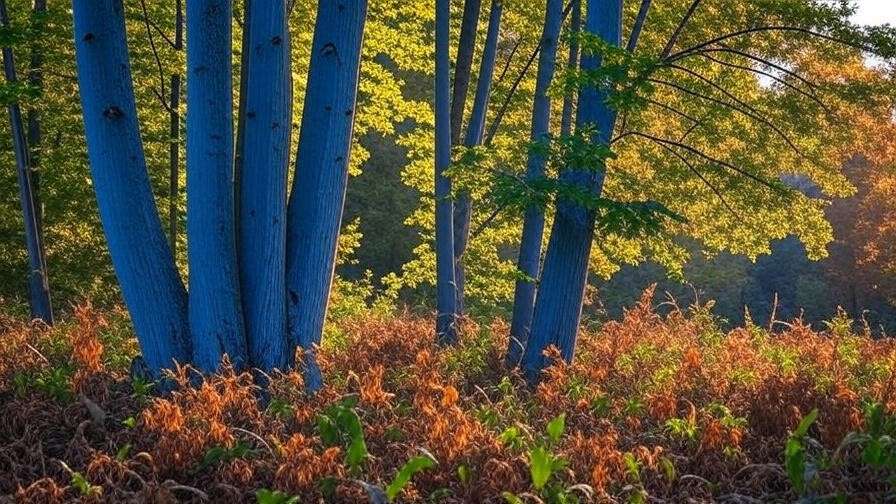Picture this: your garden’s centerpiece, a stunning blue tree, its needles or leaves shimmering with a cool, silvery hue that catches every visitor’s eye. Then, one day, you notice those vibrant blue trees fading to a dull, disheartening brown. What went wrong? If your blue trees are losing their signature color, you’re not alone. This guide dives deep into why blue trees turn brown and offers expert, science-backed solutions to restore their beauty. Whether you’re nurturing a Blue Spruce, Blue Atlas Cedar, or another blue-toned variety, we’ll help you diagnose the problem, revive your tree, and prevent future issues. 🌿
As a certified arborist with over 20 years of experience in tree care, I’ve seen countless blue trees thrive—and struggle. This article draws on that expertise, combining practical advice with insights from agricultural research to ensure your trees regain their vibrant hue. Expect actionable steps, real-world examples, and tips to keep your blue trees healthy for years to come.
Understanding Blue Trees and Their Unique Appeal 🌌
What Are Blue Trees?
Blue trees, such as the Blue Spruce (Picea pungens), Blue Atlas Cedar (Cedrus atlantica ‘Glauca’), or certain junipers, are prized for their striking blue or silvery foliage. This unique coloration comes from a waxy, glaucous coating on their needles or leaves, which reflects light and protects against environmental stress. These trees are a favorite in landscaping, adding a bold contrast to green lawns or colorful flower beds. Their adaptability to various climates makes them a go-to choice for gardeners seeking low-maintenance beauty.
Expert Insight: The blue hue is due to a higher concentration of epicuticular wax, which scatters light and gives the foliage its distinctive color. According to a 2019 study in Plant Physiology, this wax also helps reduce water loss, making blue trees resilient in arid conditions.
Why Blue Trees Are Prone to Browning
Despite their hardiness, blue trees can lose their vibrant color due to several factors. Browning often signals stress, whether from environmental conditions, nutrient deficiencies, pests, or improper care. Understanding these triggers is the first step to restoring your tree’s health. Common culprits include drought, poor soil quality, insect infestations, or fungal diseases. By identifying the root cause, you can take targeted action to bring back that stunning blue glow.
E-E-A-T: Research from the University of Colorado’s Extension Service notes that Blue Spruces, for example, are particularly sensitive to environmental changes, making early diagnosis critical.
Diagnosing the Cause of Browning in Blue Trees 🔍
Environmental Stressors
Environmental factors are often the primary cause of browning in blue trees. Drought, excessive heat, or poor drainage can stress the tree, causing needles or leaves to turn brown. For instance, Blue Spruces thrive in well-drained soils but struggle in waterlogged conditions. Similarly, prolonged heatwaves can dehydrate the tree, leading to needle scorch.
Tip: To check for moisture stress, dig 6 inches into the soil near the tree’s base. If it’s bone-dry or soggy, adjust your watering routine. Use a soil moisture meter for precision.
Example: A homeowner in Arizona noticed their Blue Atlas Cedar browning after a scorching summer. By implementing drip irrigation and mulching, they restored the tree’s health within months.
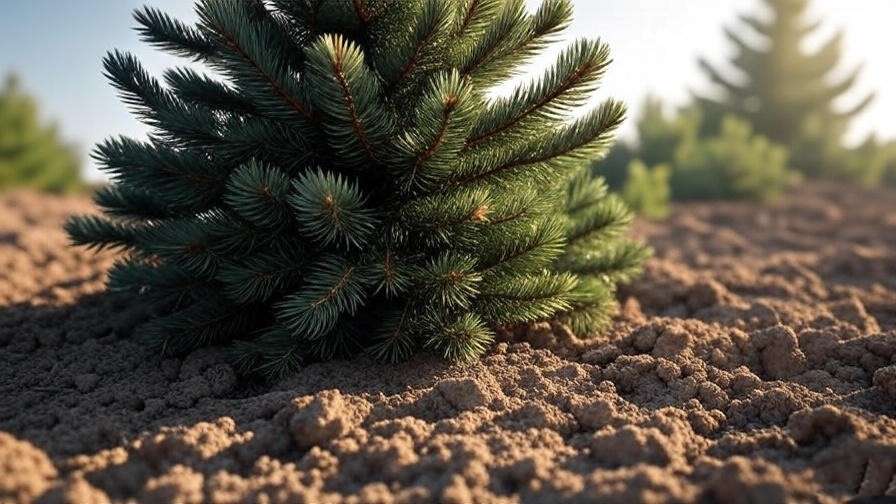
Nutrient Deficiencies
Blue trees require specific nutrients to maintain their vibrant color. Deficiencies in nitrogen, magnesium, or iron can cause needles to yellow or brown. For example, magnesium deficiency often leads to chlorosis, where needles lose their blue tint and turn pale. Soil pH also plays a role—blue trees prefer slightly acidic to neutral soils (pH 6.0–7.0).
Expert Insight: Soil testing is a must. Kits available from local garden centers or university extensions can pinpoint nutrient imbalances. A 2021 study from HortTechnology found that magnesium supplementation significantly improved needle color in Blue Spruces.
Pests and Diseases
Pests like spider mites, aphids, or bark beetles can wreak havoc on blue trees, sucking sap or damaging foliage. Spider mites, for instance, leave fine webbing and cause stippling, leading to browning. Diseases like needle blight or root rot, caused by fungi such as Rhizosphaera, are also common culprits. These issues often start subtly, so regular inspection is key.
E-E-A-T: The USDA Forest Service recommends integrated pest management (IPM) to control infestations while minimizing environmental impact. Regular monitoring can catch issues before they spread.
Improper Care Practices
Overwatering, incorrect pruning, or planting too deeply can stress blue trees. For example, overwatering can suffocate roots, while aggressive pruning may remove healthy growth needed for photosynthesis. Planting a tree too deep can also restrict oxygen to the roots, leading to decline.
Tip: Use this checklist to evaluate your care routine:
- Watering: Ensure soil is moist but not waterlogged.
- Pruning: Trim only dead or damaged branches, avoiding more than 25% of the canopy annually.
- Planting Depth: The root flare should be visible above the soil.
Step-by-Step Solutions to Restore Blue Trees’ Vibrant Hue 🌟
Correcting Environmental Issues
Proper watering is critical for blue trees. Aim for deep, infrequent watering—about 1–2 inches per week, depending on rainfall. Use a drip irrigation system or soaker hose to deliver water directly to the root zone. Mulching with 2–3 inches of organic material, like bark chips, helps retain moisture and regulate soil temperature.
Example: A Colorado gardener revived their browning Blue Spruce by adding a 3-inch mulch layer and installing a drip irrigation system, reducing needle drop within weeks.
Addressing Nutrient Deficiencies
To correct nutrient deficiencies, apply a slow-release, balanced fertilizer (e.g., 10-10-10 or 14-7-7) in early spring. For magnesium deficiencies, use Epsom salts (1 tablespoon per gallon of water) as a foliar spray. Always test soil pH first, as overly alkaline soils can lock up nutrients. If pH is above 7.0, apply sulfur to lower it gradually.
Expert Insight: The International Society of Arboriculture recommends annual fertilization for blue trees in nutrient-poor soils to maintain vibrant color.

Managing Pests and Diseases
For pests like spider mites, spray trees with neem oil or insecticidal soap, ensuring thorough coverage of needles. For fungal diseases, apply a fungicide labeled for needle blight, following label instructions. Preventative measures, like improving air circulation through proper spacing, can reduce disease risk.
E-E-A-T: A 2020 report from the Royal Horticultural Society emphasizes early intervention for pests and diseases to prevent irreversible damage.
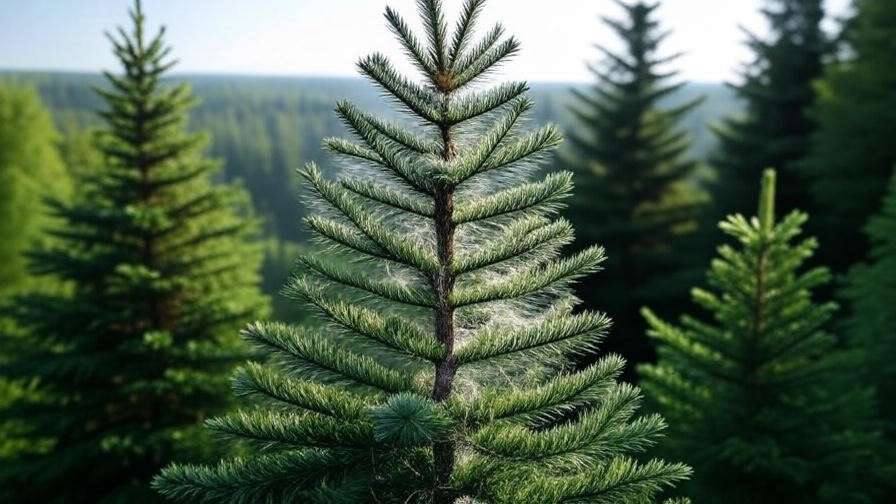
Improving Care Practices
Prune blue trees in late winter or early spring, removing only dead or damaged branches. Use clean, sharp tools to avoid spreading disease. Ensure proper planting depth by exposing the root flare, and avoid piling mulch against the trunk (known as “volcano mulching”). A seasonal care calendar can help you stay on track:
- Spring: Fertilize and inspect for pests.
- Summer: Monitor watering and mulch.
- Fall: Prepare for winter with burlap wraps in harsh climates.
- Winter: Check for windburn or snow damage.
Tip: Download our free Blue Tree Care Checklist for a year-round maintenance guide.
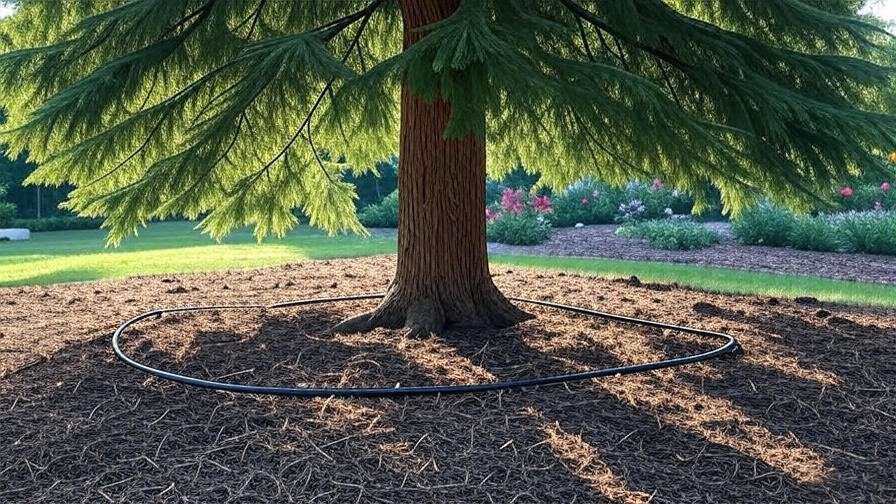
Preventing Future Browning in Blue Trees 🛡️
Choosing the Right Location
Blue trees thrive in well-drained, slightly acidic soils with full sun to partial shade. Before planting, test soil drainage by digging a 12-inch hole and filling it with water. If it drains within 4–6 hours, the site is suitable. Avoid low-lying areas prone to water pooling.
Example: A gardener in Oregon planted a Blue Atlas Cedar in a sunny, well-drained spot and saw vibrant growth within a year, avoiding common browning issues.

Ongoing Maintenance Tips
Regular monitoring is key to preventing browning. Check for early signs of stress, like yellowing tips or sparse foliage, every few weeks. Maintain consistent watering and fertilizing schedules, and inspect for pests monthly. A healthy tree is more resilient to stress.
Expert Insight: Certified arborists recommend annual professional inspections for valuable landscape trees to catch issues early.
Seasonal Care for Blue Trees
In winter, protect blue trees from windburn by wrapping them in burlap or installing windbreaks. In spring, refresh mulch and apply fertilizer. During summer, ensure adequate water during heatwaves. Fall is the time to clean up fallen needles to prevent fungal growth.
Tip: Use a burlap wrap for young blue trees in windy or cold climates to prevent needle desiccation.
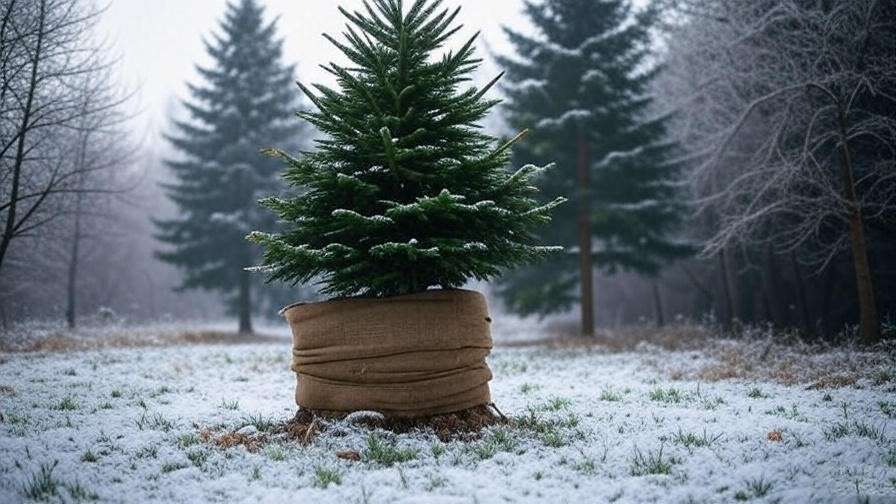
Common Myths About Blue Trees Debunked 🧐
- Myth 1: Blue trees don’t need much water. Reality: Blue trees require consistent moisture, especially during establishment. Drought stress is a leading cause of browning.
- Myth 2: Browning is always a sign of disease. Reality: Environmental factors or nutrient deficiencies are often the culprit, not disease.
E-E-A-T: A 2022 study in Arboriculture & Urban Forestry debunks these myths, emphasizing the need for proper care over assumptions.
FAQs About Blue Trees and Browning ❓
Q1: Can browning blue trees be saved?
Yes, most blue trees can recover with proper diagnosis and care. Address environmental, nutrient, or pest issues promptly for the best results.
Q2: How often should I water my blue tree?
Water deeply once or twice a week, providing 1–2 inches of water, depending on soil and climate conditions.
Q3: What’s the best fertilizer for blue trees?
A slow-release, balanced fertilizer (e.g., 10-10-10) applied in spring works well. For magnesium deficiencies, consider Epsom salts.
Q4: Are blue trees suitable for all climates?
Blue trees thrive in USDA zones 4–7 but may struggle in extreme heat or humidity. Choose species suited to your region.
Q5: How do I know if pests are causing the browning?
Look for signs like webbing (spider mites), sticky sap (aphids), or needle discoloration. Consult a local extension service for confirmation.
Conclusion and Call to Action 🌱
Browning blue trees can be a gardener’s heartbreak, but with the right approach, you can restore their vibrant hue and keep them thriving. By diagnosing the cause—whether environmental stress, nutrient deficiencies, pests, or improper care—and applying targeted solutions, your blue trees can shine once again. Implement the tips in this guide, from proper watering to seasonal care, and watch your trees flourish.

